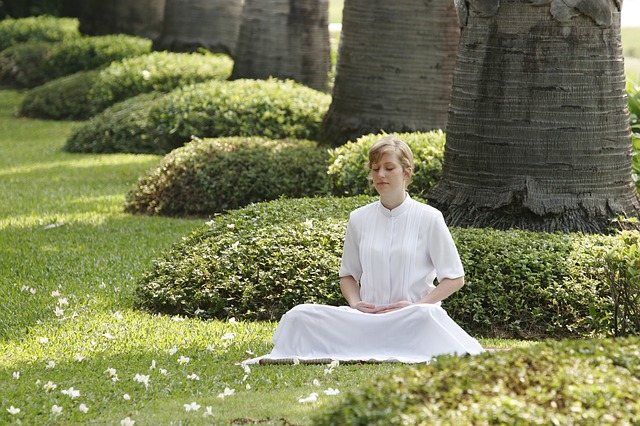The Angelus
A spiritual practice from another time for our times
When I was growing up in the 50’s in a commuter town outside of New York City, on a street populated with over 100 children from probably no more than a dozen very devout and fertile Catholic families, our work and play time was punctuated by the tolling of the church bells.
Three times a day – at 6 AM, Noon and 6 PM – from the church tower around the corner, the bells rang out to call us to prayer. From somewhere in our rambunctious home of eight children – down in the laundry room, upstairs changing a diaper, fixing dinner in the kitchen – my mother’s voice would drift in between the chimes, “Children, that’s the Angelus.” And whatever we were doing we would stop and pray or, depending on what we were doing, pretend to pray.
The Angelus (Latin for “angel”) is a daily devotion that began sometime in the 12th century in Old World monasteries as part of their devotion to Mary. Over the centuries, it found favor with Christians (Catholics, Anglicans and Lutherans) throughout the world. Accompanied by certain prayers, it was a moment to pull back from the routine of the day and find a moment of peace in the reassurance of ritual.
900 years or so later, the Angelus is a relic of another way of life. In the productivity-driven world of 21st century Western culture, the toll of church bells no longer call us to centering. Instead, it is the incessant “ping” of our smart phones that call us to distraction. Yet, many hunger for moments to move out of the narrow places of our immediate concerns and agendas and into the spaciousness of stillness. Which is precisely why this might just be the perfect time to re-think the Angelus using the technology in hand.
The Digital Angelus
The digital version of the Angelus is the same — only the tools have changed. The Angelus is a meditation complimentary to the contemplative spirituality of all religions. At the core of the practice is a momentary surrender to the beckonings of the inner spirit to break away from what we do in order to return to who we are. The Angelus is reprieve from doing and a release into being where we will be find the energy and sustenance and kindness to continue with our activity or to begin again.
The meditation is simple …
- On most phones, you can find a “chimes” ringtone that can be used when setting times on the phone alarm clock. (You can, of course, choose any sound to bring you into awareness.)
- Set the chimes to ring 3x a day at whatever intervals are suitable to your life style.
- When the chimes ring, as soon as you are able, gently put aside activity. Here are some suggestions for entering stillness:
- Focus on your breath.
- Recite a mantra or prayer.
- Be still.
- Be aware of your body and/or your environment.
- Be aware of your spirit.
- What is taking away your spirit?
- What is making you feel fully alive?
- Spend a few moments in meditative walking.
- Set an intention for yourself for another.
As you continue with this practice on a daily basis, notice any shifts in your energy, perspective and clarity as well as in your attitudes towards yourself and others.
This practice is essentially deeply personal to your spiritual needs. Keep it simple!
May all be well.




